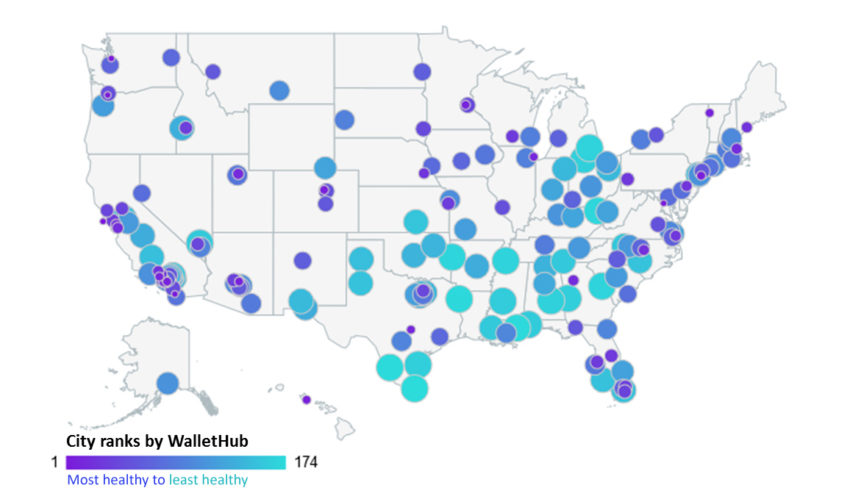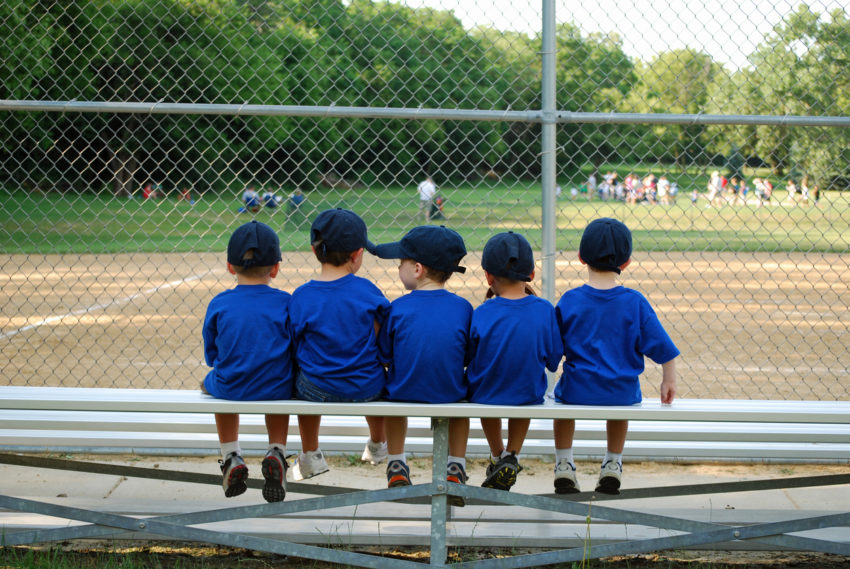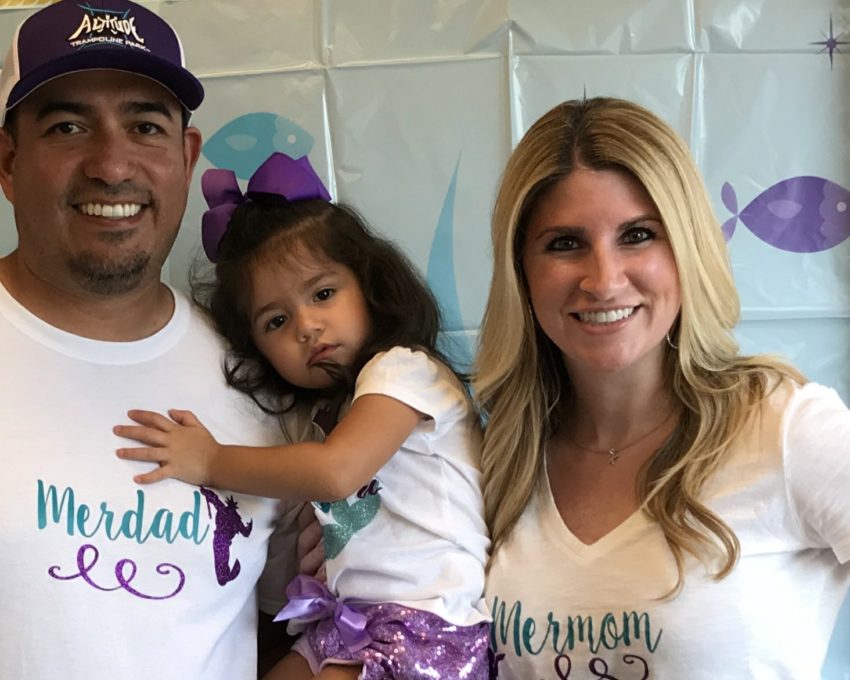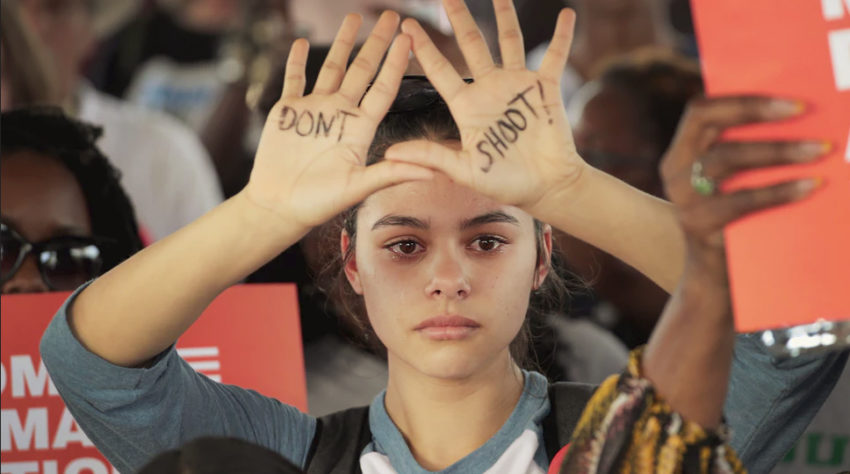Yvette Pavon: Living Life Better After Breast Cancer
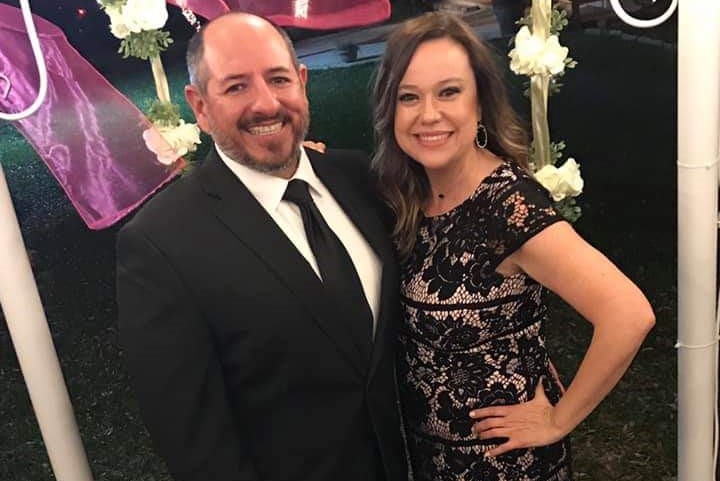
By Yvette Pavon San Antonio Cancer Survivor At the age of 42, I was diagnosed with breast cancer. It was found after my very first mammogram. Never did I think that a check up that I had scheduled only because it was something that women did when they got older, would discover I had cancer. I had no symptoms. When my gynecologist shared the news with me in her office, I think I was in complete denial. I mean I went for this mammogram on my own free will, not because of my doctor's concern. I remember going to dinner that night with my father, stepmother, and newly boyfriend. I wasn't scared when talking about it. I knew letting my mind run wild would not help, so I talked to God that night. "God, please give me the strength and courage that I need to get through ...
Read More
